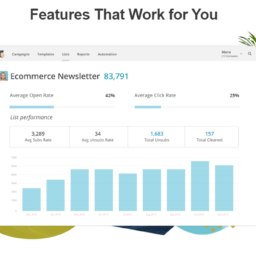How do you turn a product idea into a reality, and how do you go from a napkin sketch to sales within a year?
The first thing is to clarify your idea. Ambiguity can destroy an idea after it’s sketched out on a napkin. Be clear and concrete, not vague and abstract.Once everyone involved is clear about what it is that is being discussed and why it’s valuable, the next phase is to write down all the actionable steps you can take. First, you must complete the dreaming process, then write down your plan, and, finally, execute it.
Dreaming
While a rudimentary sketch might point you in the right direction, the essential action that must happen is the construction of a prototype.
Initially, you’re looking for a minimal viable product (MVP) to clearly express your idea.
The prototype will do more than give you a model you can hold in your hands. It will also give you clues about the manufacturing process that will be necessary to mass produce the product. This, of course, depends on the material. It will be important to set up manufacturing without worrying about it breaking down. If it’s a hard material like metal, then installing wear blocks will help achieve this goal.Â
If it’s a softer material like plastic, then using 3-D printing might work for you. In fact, you could even rent a 3-D machine for less than $20 an hour to experiment building your prototype with.
The purpose of dreaming by talking about it, sketching it, and creating a prototype is to have as much clarity as possible about what it is that you intend to build.
Planning
Planning is not just about turning an idea into a product, but also envisioning the business you need to build to deliver the product idea to the marketplace.
Writing things down is an essential part of the planning process. Writing will define your thinking, direct you toward what to research, and help you communicate your business ideas to everyone concerned from investors to manufacturers to distributors.
What should you write down?
Executing
When executing, build an advisory team, do market research, and do patent research. If everything works out, then you’re ready to take care of business and launch your big idea.
Let’s take a look at each of these three steps:
1. Build an Advisory team
You will need to work with a variety of people who can provide the knowledge and skills that you need to turn your idea into a reality. Start with creating an Advisory Team, and then work out who you need to talk to, like manufacturers, vendors, lawyers, accountants, and so on.
2. Market research.
You could spend a lot of time making a product that’s a great idea but too far ahead of its time. So you must first discern who will buy your product. Since you haven’t created your product yet, find companies that are making products similar to what you’ll be selling.
If there is something similar, then it will give you an idea of who is buying it and what price it sells well at. Not only will you understand your potential target market, but you will also know how to distinguish yourself from other players in the field.
If your product is utterly unique, then you can do market research and have focus groups discuss their reaction to your prototype. Ideally, invite people who are interested in the same subject. For instance, if you’ve invented a unique dog jacket that calms your dog when they go to the vet, then your focus group should be dog owners.
3. Patent research.
Your design may be unique to you and your Advisory Team, but someone else may have thought of it, too, and you will infringe upon their intellectual property by simply introducing it into the marketplace. If something as esoteric as calculus could have been invented independently by two men at the same time, Isaac Newton and Gottfried Leibniz in the mid-17th century, then it’s unlikely but not impossible that someone could have come up with the same product idea as yours, too.Â
You should visit the website of the U.S. Patent and Trademark Office (USPTO) to research any patents for products like the one you’re working on. If you have any questions, talk to an attorney that specializes in patents. If everything works out in your favor, don’t file a patent right away. Instead file a provisional patent application first. This will give you time to decide if your idea will be profitable.
In closing, it’s important to remember that you may have to fail your way to success. But fail fast so you can figure out what does work. Remember the story of Thomas Edison and the light bulb?



